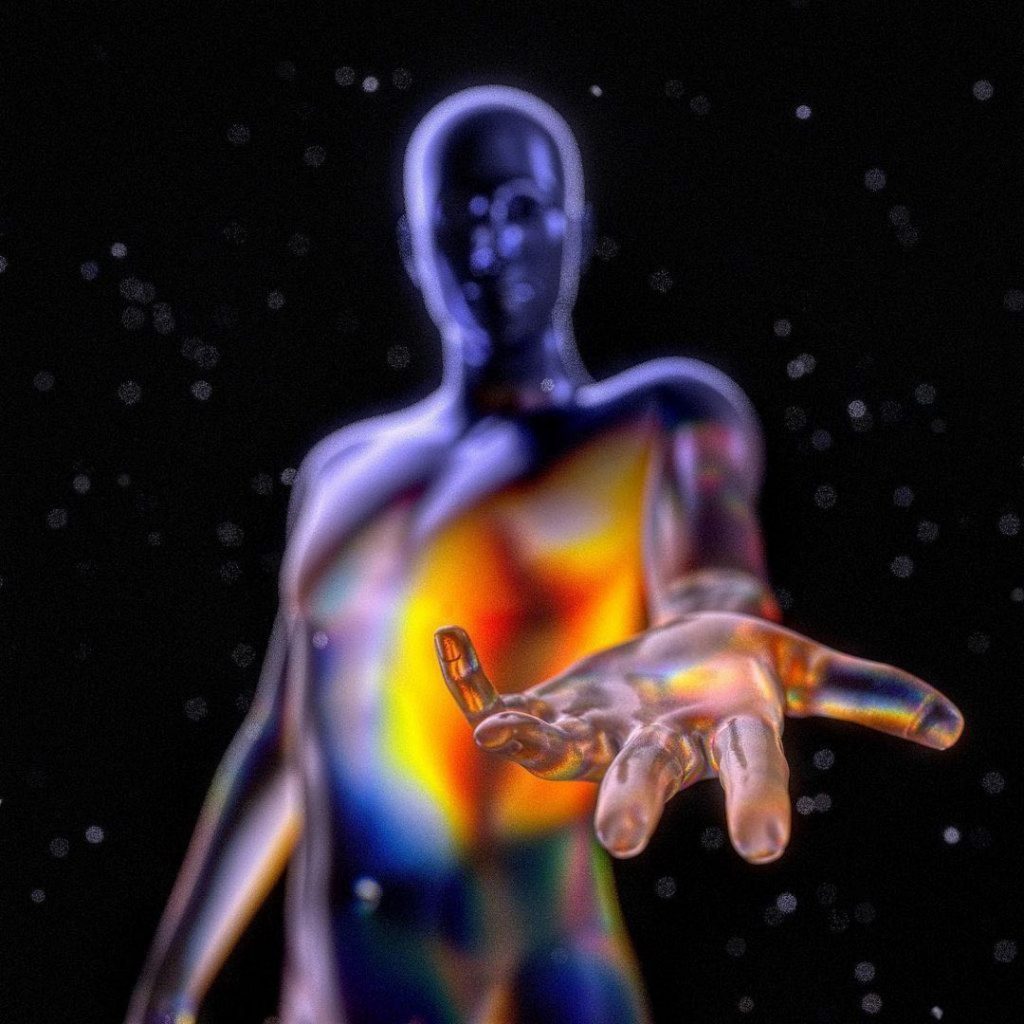Modeling
This week I finished another character model the main human in our script.

I firstly tried to directly make a basic human body in Makehuman because I can quickly get a basic model which has a perfect line cover. Then I could use sculpting tools on Maya and Zbrush to fix the appearance that fits our purpose well. The reason I chose fixing rather than modeling from a ball was that our time limit, this saved a lot of efficiency.

But I ignored one thing that we didn’t draw a character set-up diagram I just had a rough direction of this role which was lack of accuracy. This was very ineffective in terms of lack of purpose in my later sculpting work. So I told Wanxuan Liu to draw a basic character concept drawing to lead my modeling work. Then I got this picture and some other references which fit us pretty much.


Then thins became more easier I started to fix the appearance according to our concept drawing.

Then I started to build the beard and hair, I dropped the body into Zbrush and created a basic ball on the back head area. And mirror moving the ball to adapt the head structure. When I had a suitable shape I began to sculpt the direction of the hair and made it more toon style. So the sculpting of the hair concentrated only on the shaping of the block rather than on the sculpting of the hair strands. Same method used on the beard.

Finally I gave it to Guanze Wu who is our rigger too. He would start to rig the character qucikly.

Storyboard
Wanxuan Liu drew a very first storyboard for us. And our team met to discuss of that after Wednesday’s class, we thought there were too many too many fine close-ups, and the rhythm was not very good. So we began to use mobile phone to quick capture some footage to guide layout work. After that we re-edited the whole storyboard with some reference shots from other’s work.

And after discussion our team consensus reached, we need to add more long shot in the first time we were limited by the graphic effects like 2D animation. But if we constructed the shot like 2D animation we would lost so many advantages of 3D animation like some complex motion shots. So the re-edited version would become our final storyboard.
